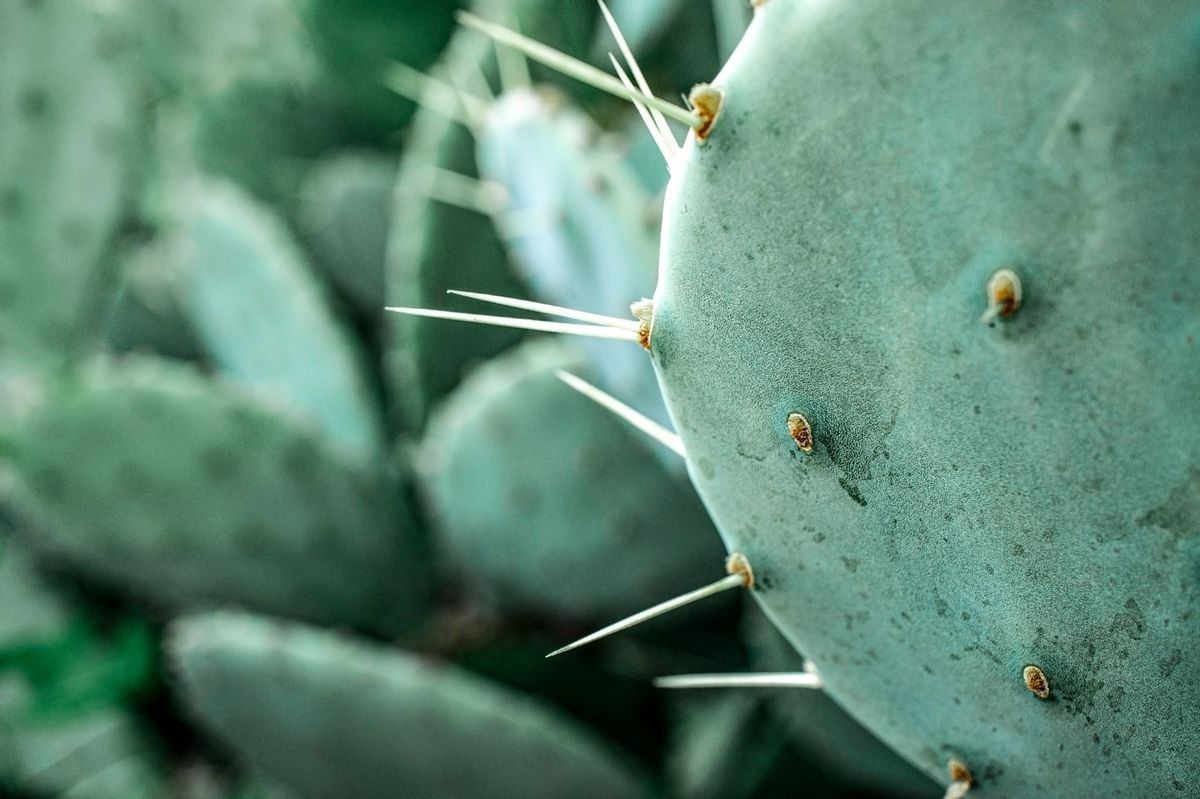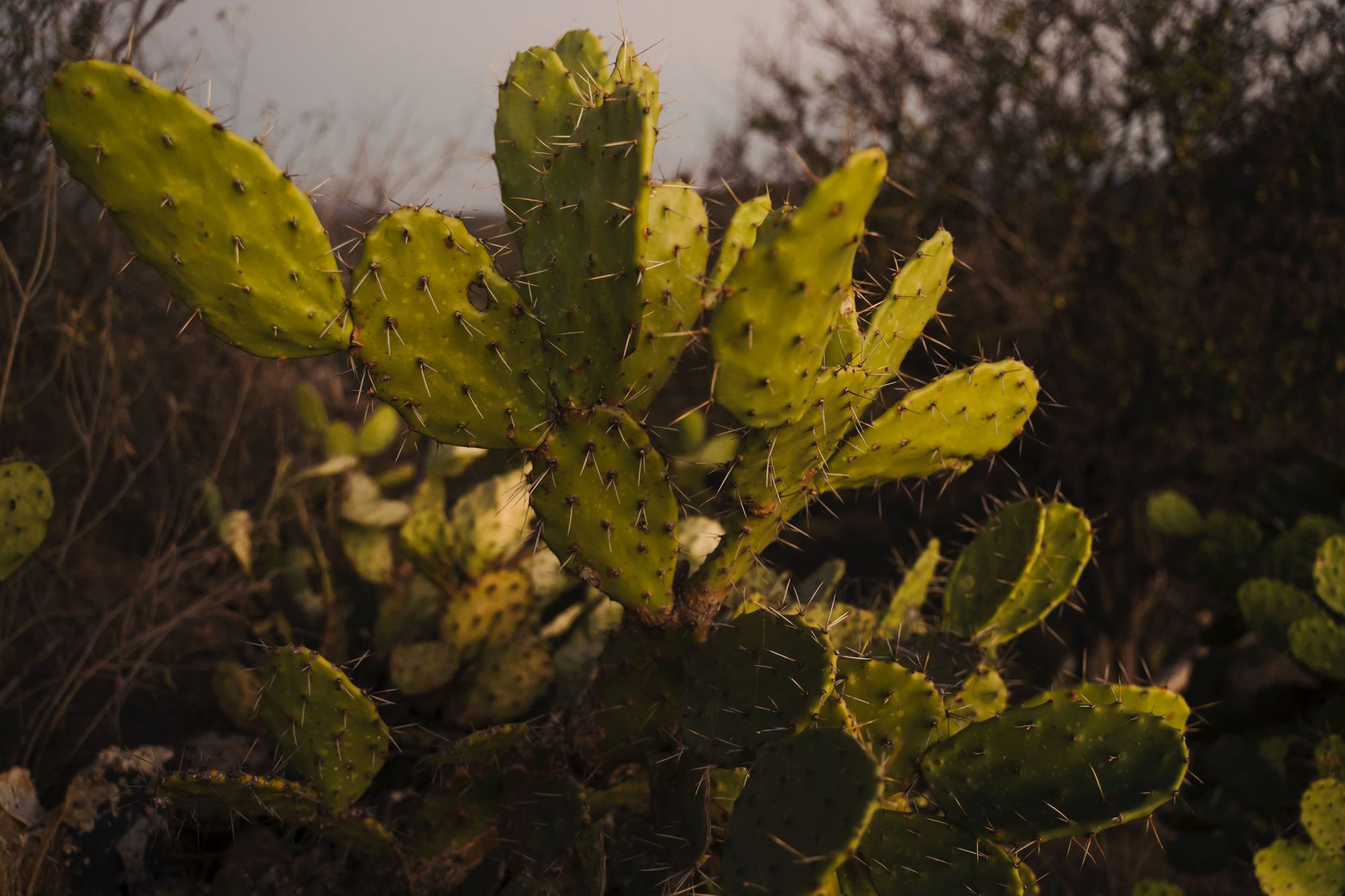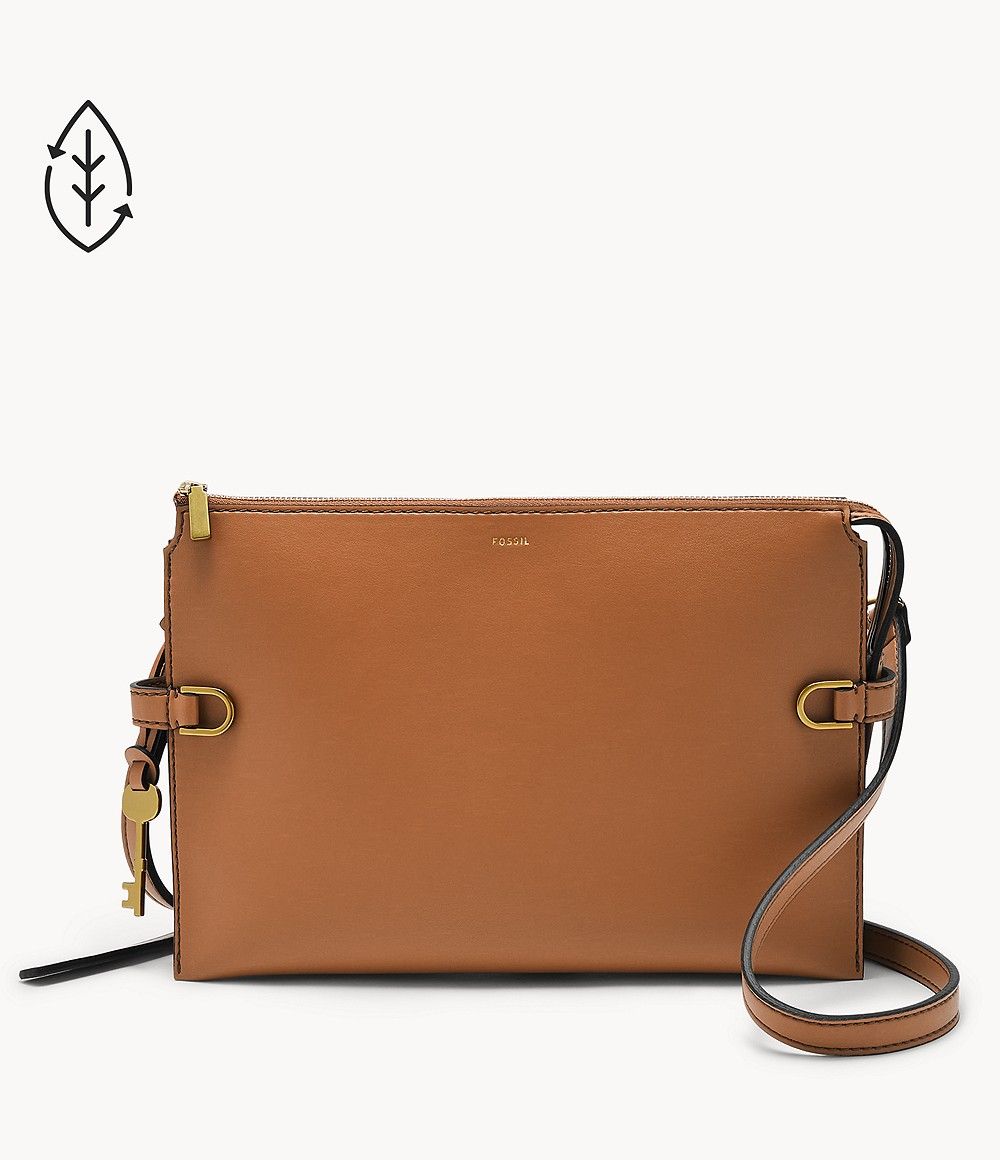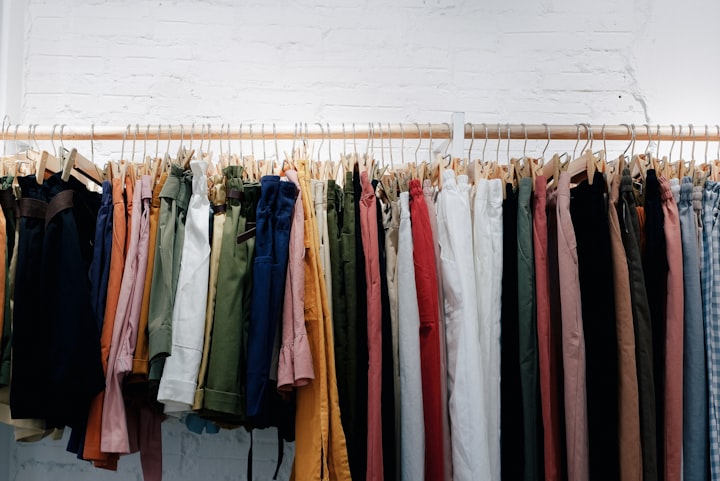Cactus Leather: The Green Leather Alternative That Is Becoming a Hit
With demand comes innovation. While seeking sustainable alternatives, many consumers changed their focus to shop for vegan leathers, versus animal leathers. The vegan leather industry has recently had tremendous annual growth–with a CAGR of 9.93%–expecting to reach over 66 billion USD by 2026.

It’s no secret that consumers have begun demanding sustainable products from their favorite brands over the past few years.
In a recent survey out of 1,000 U.S. adults, two-thirds claim they are willing to pay more for sustainable products compared to a cheaper, non-sustainable alternative. The rate for U.S. young adults was even higher, with 80 percent stating that they would pay more for products that are sustainable.
With demand comes innovation. While seeking sustainable alternatives, many consumers changed their focus to shop for vegan leathers, versus animal leathers. The vegan leather industry has recently had tremendous annual growth–with a CAGR of 9.93%–expecting to reach over 66 billion USD by 2026.
One of the newest leathers contributing to this statistic is cactus leather. Initially showcased in 2019 at the International Leather Fair Lineapelle, the leather created by entrepreneurs Adrián López Velarde and Marte Cázarez caught the eyes of many. Over the past year, the popularity of cactus leather has widespread.

Cactus Leather Is Made In Mexico
This plant-based leather is derived from the Nopal Cactus, commonly known as the prickly pear. The cacti are grown in Mexico with the help of rainwater, with no use of an irrigation system nor added artificial fertilizers. Harvested twice a year, the cacti are grown to full maturity where the leaves are then cut for usage, which does not hurt or affect the health of the plant.
The Nopal Cactus Benefits the Environment
The production of animal leather has various adverse effects on both animals and the environment. The Nopal Cactus offers many benefits, such as the following:
- It’s fast growing and long-lasting. Cacti are known to have a long lifespan under the right conditions. The Nopal Cactus prevails in colder winter months and hot summers. Once the leaves are cut, the cacti are able to regenerate new leaves for repeated usage.
- Production is non-toxic. Animal leather production can have detrimental effects on animals, humans, and the environment. Fair treatment of animals often comes under question, and the traditional use of toxins and methane emissions can be very harmful to humans and the environment. Cactus leather not only avoids these problems, but also doesn’t require herbicides or pesticides in the growth process.
- The Nopal Cactus absorbs carbon dioxide from the atmosphere. These cacti act as a carbon sink, therefore have the capacity to sequester carbon during the photosynthesis process.
- Minimal water is needed for it to grow. Say goodbye to high costs and water usage for these cacti. The Nopal Cacti survive with just rainwater and the rich soil minerals down in Mexico.
- Soil quality is improved and erosion is prevented. Cacti add nutrients to the soil and improve its overall quality.
- Mass reduction in the use of resources. The production of animal leather utilizes many resources, such as water irrigation, animals, workers, pesticides, and transportation. In terms of cactus leather, the use of these resources is vastly depleted, and the production process is safer for the workers.

Cactus Leather Is Great For Consumers
Consumers benefit greatly from the various benefits of cactus leather.
- Cactus leather is durable and breathable. It is resistant to rubbing, tearing, and abrasions. It is also resistant to mold and mildew growth.
- Water resistance is a key feature. No need to worry about covering your belongings in the rain; cactus leather is water resistant.
- Appealing to the eye, smooth to the touch. Cactus leather offers a very luxe feeling and look. This leather is both high quality and visually appealing.
- Price competitive to animal leathers. While the cost for creating a product out of cactus leather isn’t cheap, it is price competitive with traditional animal leather. Lacking an immense price difference is another advantage of producing with cactus leather.
- It’s a step towards a more sustainable industry. The fashion industry is often correlated with its unethical working conditions and production processes. Creating products with cactus leather is a step in the right direction.
Cactus Leather Is Currently Taking Over
The mix of intrigue and multitude of benefits of cactus leather has led to a quick rise in its popularity. Many vegan-focused luxe bag brands, such as Frida Rome and Miomojo, make their products using cactus leather.
Well known brands are beginning to dabble in the use of cactus leather as well. Fossil, popularly known for its quality leather bags and watches, has integrated cactus leather into its normal product line.
Cactus leather is on its way to being the next big thing. If you’re looking to invest in cactus leather for your brand or business, don’t hesitate to reach out to Dhakai!
We are proudly partnered with manufacturers in Mexico who offer cactus leather for production. For more information on how you can create your own products with cactus leather, check out our website, or reach out to us through [email protected].




